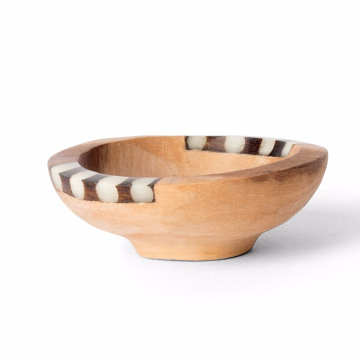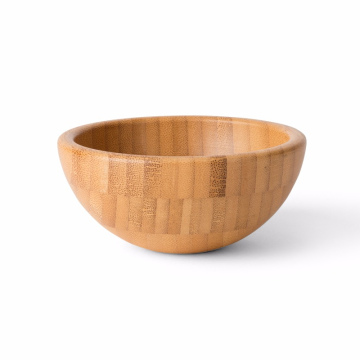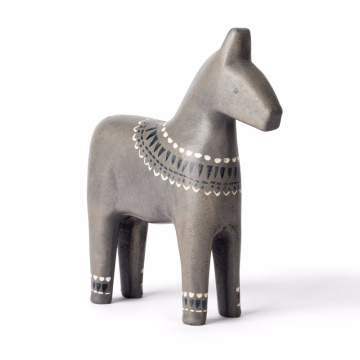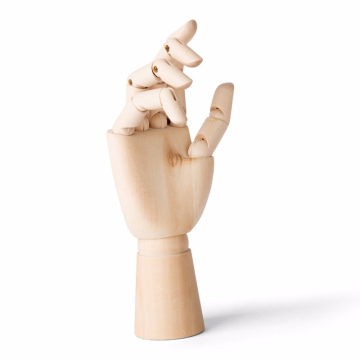Culinary Tour to Tokyo: Enjoying Authentic Sushi in Edo City
Introduction: Tokyo's Culinary Attractions
Tokyo, as the capital of Japan, has a strong reputation as a culinary paradise for food lovers. The variety of food choices on offer reflects the diversity of Japanese culture and traditions. Tokyo's culinary history itself dates back to the Edo period, when the city was a center of trade and culture, influencing the development of local cuisine with influences from other parts of Japan and abroad. Over time, Tokyo has created a unique culinary identity, making it one of the most popular culinary destinations in the world.
One of the main reasons why Tokyo’s culinary scene is so appealing is the sheer variety of cuisines that can be found. From ramen to udon to other delicacies, visitors are spoilt for choice. However, among all these choices, sushi is the iconic dish that must be tried. Sushi is not just a food, but also a representation of Japanese culinary expertise and tradition. The elegant presentation of sushi and the fresh taste of high-quality ingredients create a dining experience like no other.
The dining experience in Tokyo is not just about the food itself, but also about the atmosphere and traditions that surround it. Many sushi restaurants offer an atmosphere that is not only enjoyable, but also provides a deep understanding of Japanese cultural values. From the way the food is served to the interaction with the chef, every moment of the sushi experience reflects dedication and expertise. In addition, diners can also experience certain rituals such as greeting the chef with a greeting, creating a bond between guest and server. Thus, Tokyo cuisine is not only interesting for its taste, but also for the cultural experience that accompanies it.
History of Sushi: From Edo to Modern
Sushi, one of Japan’s most famous culinary icons, has a rich and deep historical roots that date back to the Edo era (1603-1868). During this era, sushi originally emerged as a method of preserving fish, where fish was soaked in fermented rice. This process, known as narezushi, allowed the fish to stay fresh for a long time. The Edo people developed this method as a necessity for storing food.
Over time, sushi preparation techniques have evolved significantly. In the late Edo period, sushi artisans began creating nigiri-zushi, sushi served with fresh fish slices on hand-shaped rice. This marked a shift from preservation to a fresher, more direct presentation. These refined sushi-making techniques relied heavily on the expertise of sushi masters, who spent years perfecting their skills. As interest in sushi grew, both domestically and internationally, techniques and concepts became more varied.
Japanese culinary culture has been significantly influenced by the development of sushi. Of the various types of sushi available, such as maki, temaki, and sashimi, nigiri sushi remains one of the most popular, especially in Tokyo. The city is renowned as the best sushi center in Japan and maintains tradition in every bite. Authentic sushi restaurants always pay attention to the selection of high-quality ingredients and precise preparation methods to maintain the original taste that has existed since the Edo period. Thus, the history of sushi reflects not only the evolution of food, but also the resilience and dedication of Japanese culinary culture.
Best Sushi Restaurants in Tokyo Recommendations
Tokyo, as the capital of Japan, is a heaven for food lovers, especially sushi. Here are some of the top sushi restaurants that are a must-visit, offering an extraordinary experience and a variety of menu options that are not to be missed.
1. Sukiyabashi Jiro - Made famous by the documentary “Jiro Dreams of Sushi,” this restaurant is considered one of the best sushi places in the world. Located in the Ginza district, Sukiyabashi Jiro offers a sushi experience that has gone through a meticulous process. The average price per serving can be as high as ¥30,000. Reservations are very difficult to get here, so it is important to book well in advance.
2. Tsukiji Sushiko - Located in the legendary Tsukiji fish market, this restaurant serves fresh, high-quality sushi. The atmosphere here is very classic, with the atmosphere resembling a traditional sushi market. Their signature dish is nigiri, using quality local ingredients. The average price per person is around ¥10,000, and it is highly recommended to try the special derain menu which offers a variety of sushi options.
3. Sushi Saito - Headed by Chef Takashi Saito, this small restaurant has a great reputation and only a handful of seats. With an intimate atmosphere, Saito offers a perfect blend of flavors with sushi omakase. Prices can go up to ¥40,000 per person, but for sushi lovers, the experience is well worth it. Seating is limited, so using the advance reservation service is a must.
Each of these restaurants offers a unique experience that is worth considering when dining in Tokyo. Be sure to check reviews and make reservations, especially when visiting popular spots.
How to Enjoy Sushi Properly
Experiencing authentic sushi in Tokyo is not just about enjoying the taste, but also understanding the etiquette and how to enjoy this food according to Japanese tradition. One of the first things to consider is the choice between using your hands or chopsticks. In Japanese culture, using your hands to enjoy sushi, especially nigiri, is acceptable and is common practice when eating sushi at traditional sushi bars. However, for those who are more comfortable with chopsticks, using these utensils is also acceptable.
When eating sushi, attention should be paid to how to dip the sushi into the soy sauce. It is best to dip the top of the sushi covered with fish into the soy sauce provided, not the rice, so that the taste of the sushi remains authentic and is not affected by the taste of soy sauce that is too strong. It is important not to soak the sushi in soy sauce, as it can disrupt the balance of flavors that have been carefully prepared by the maker.
Every bite of sushi should be savored to the fullest. Start by observing and appreciating the appearance, aroma, and texture of the dish being served. Appreciating each aspect is a form of respect for the effort put in by the chef. Additionally, when enjoying sushi, it is a good idea to consider a suitable beverage to accompany it, such as sake, green tea, or Japanese beer, which can enhance the overall dining experience.
By understanding and practicing these sushi etiquettes, diners will have a more profound and satisfying culinary experience, connecting them to the rich and diverse culture of Japan. Appreciating the craftsmanship of the chef, as well as the authentic flavors of each dish, is key to truly enjoying sushi in Edo City.









